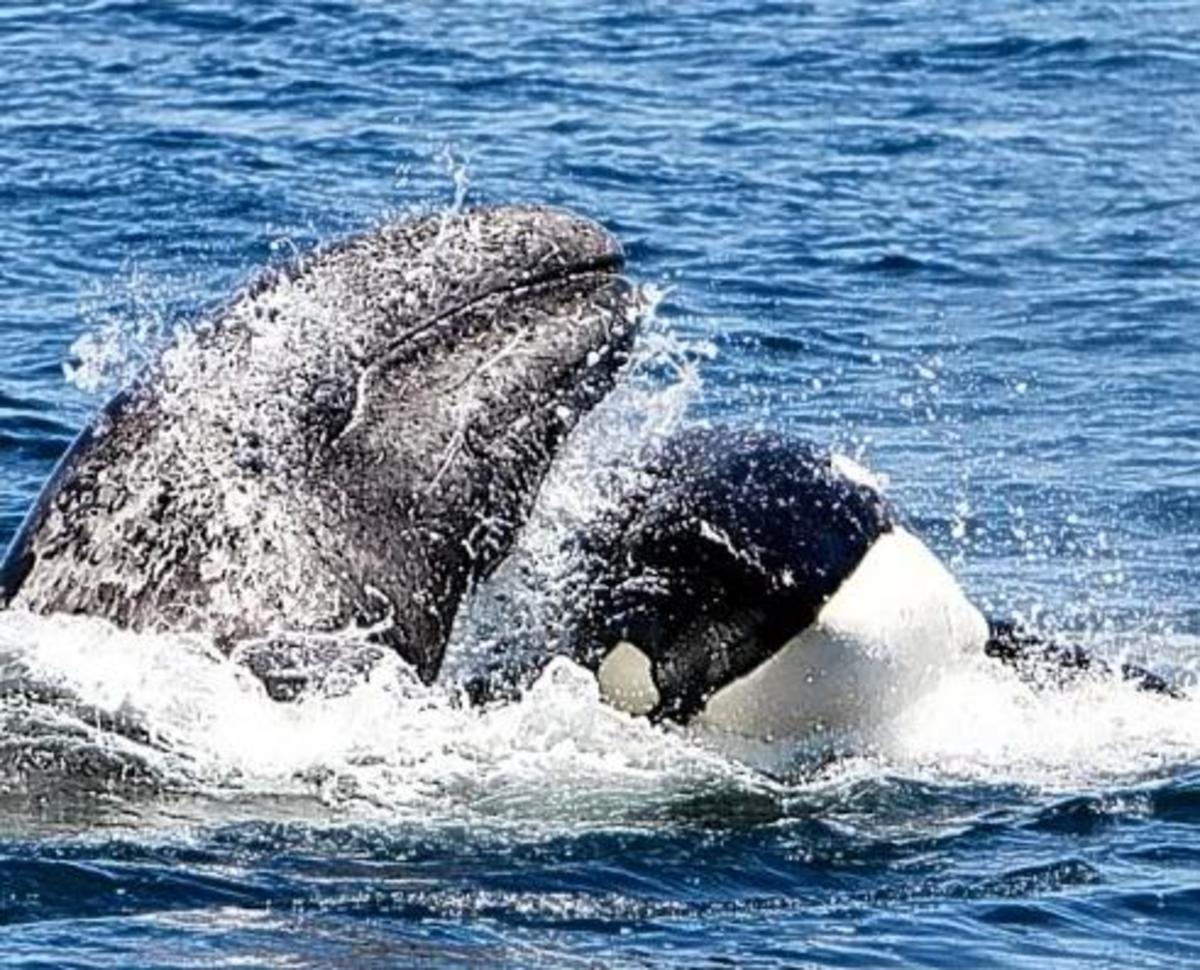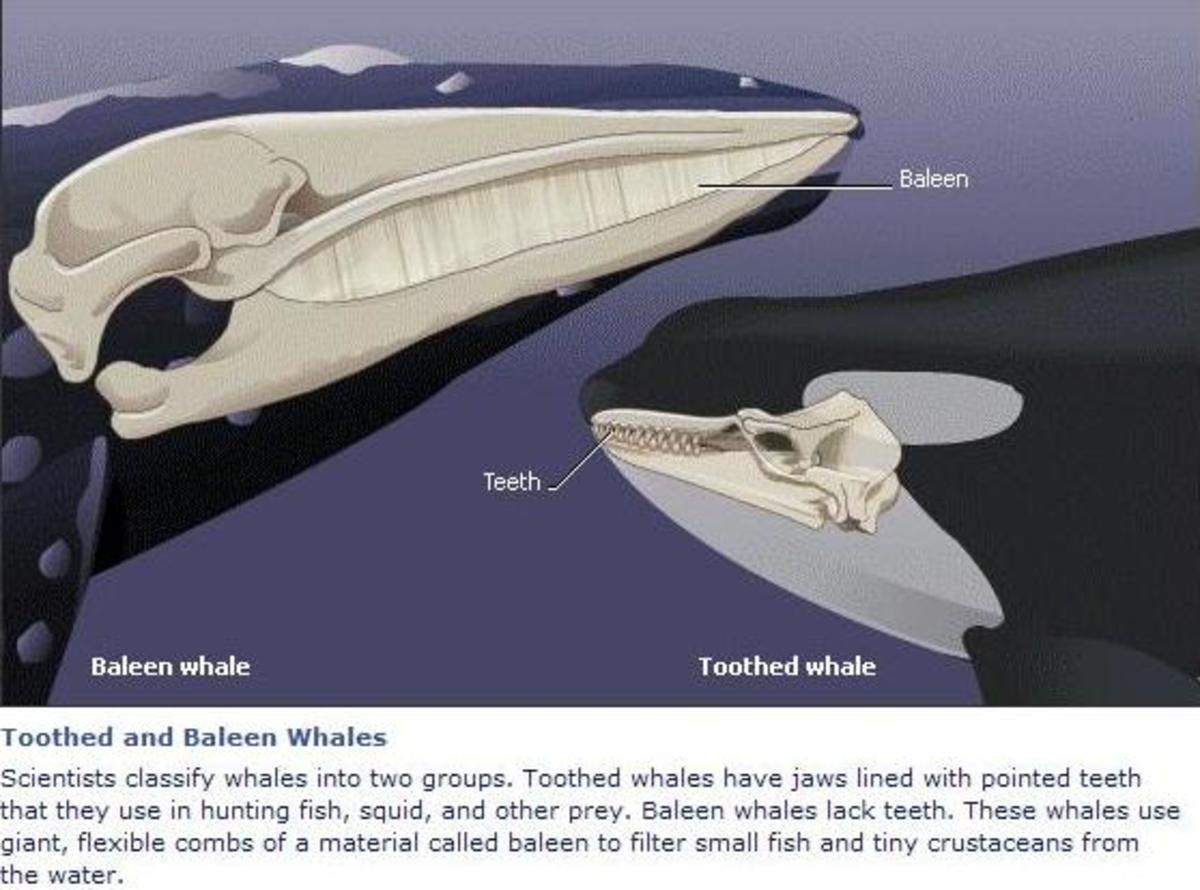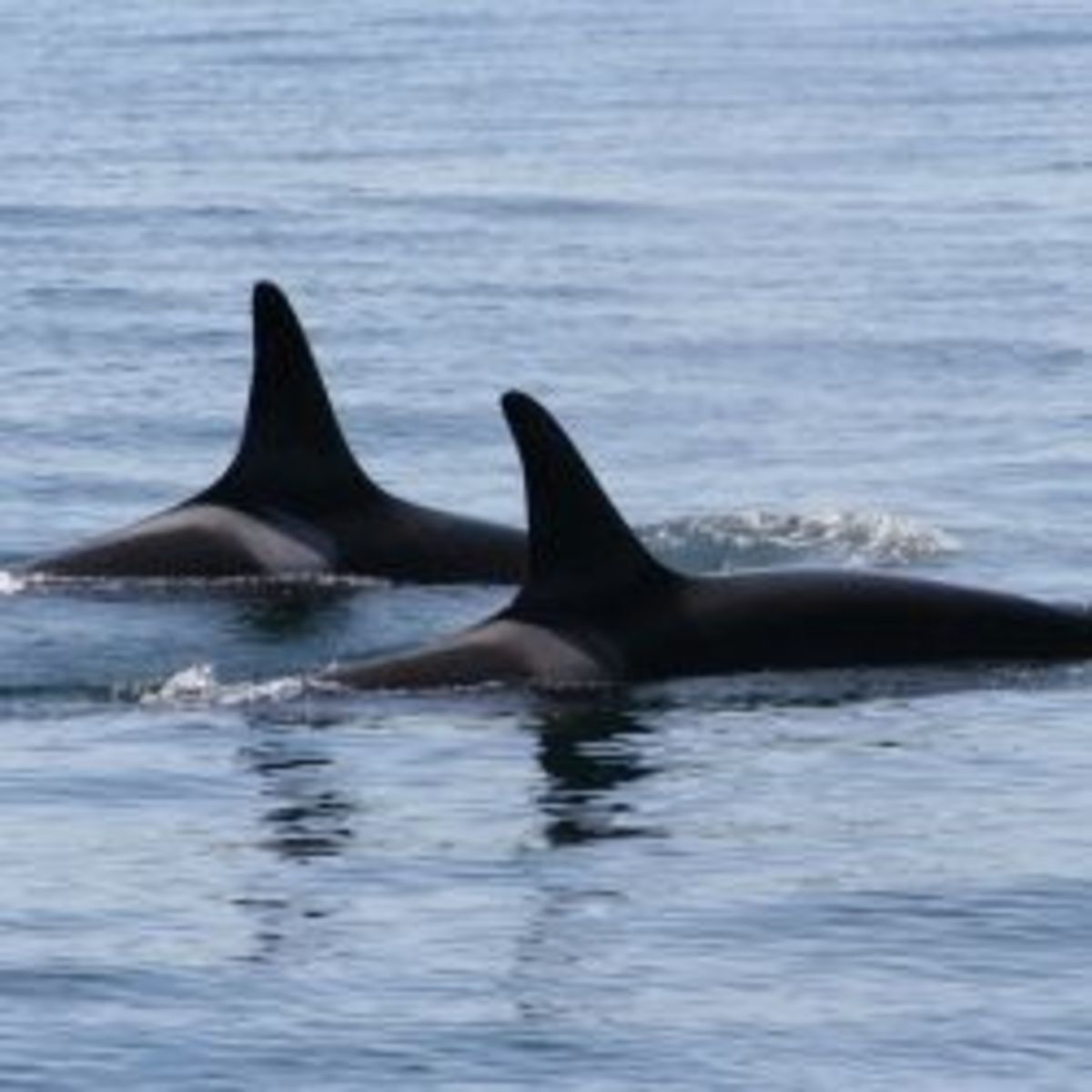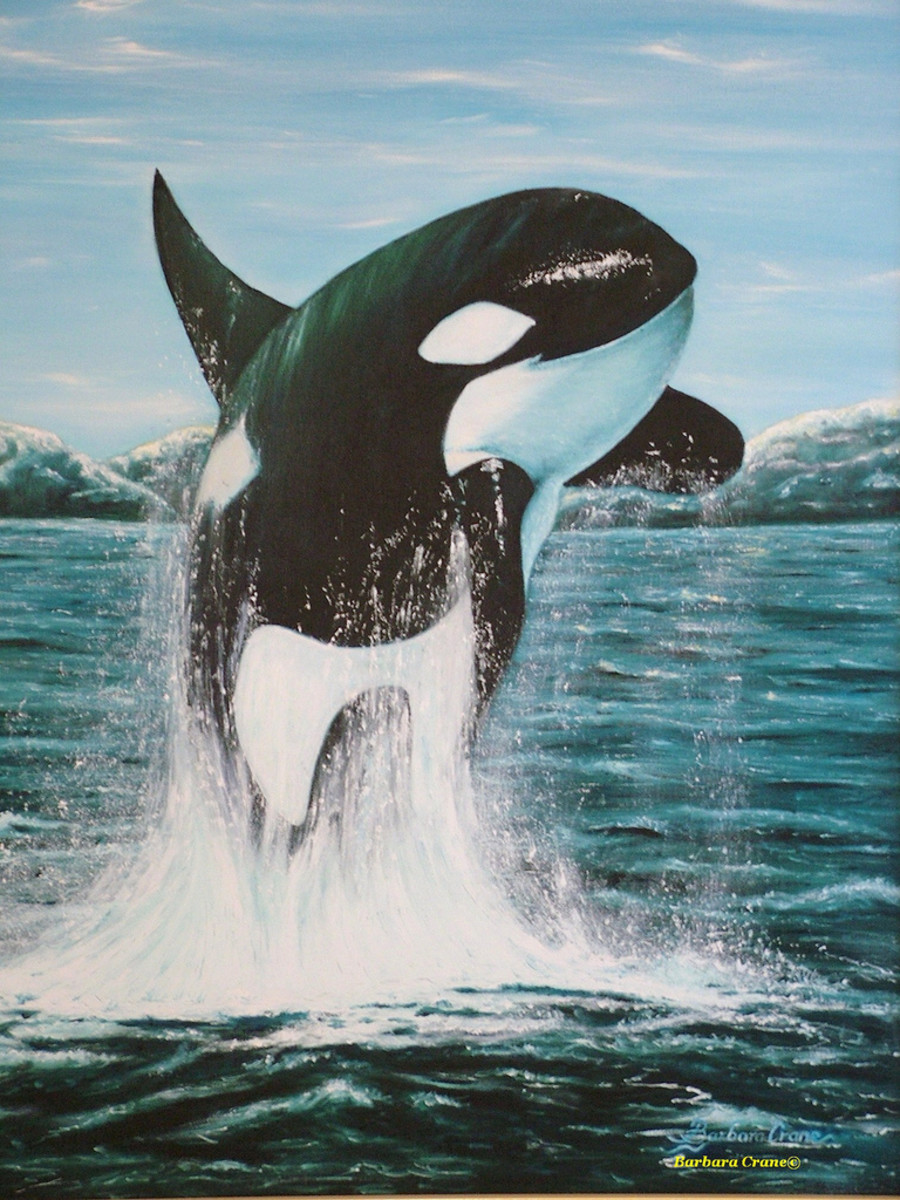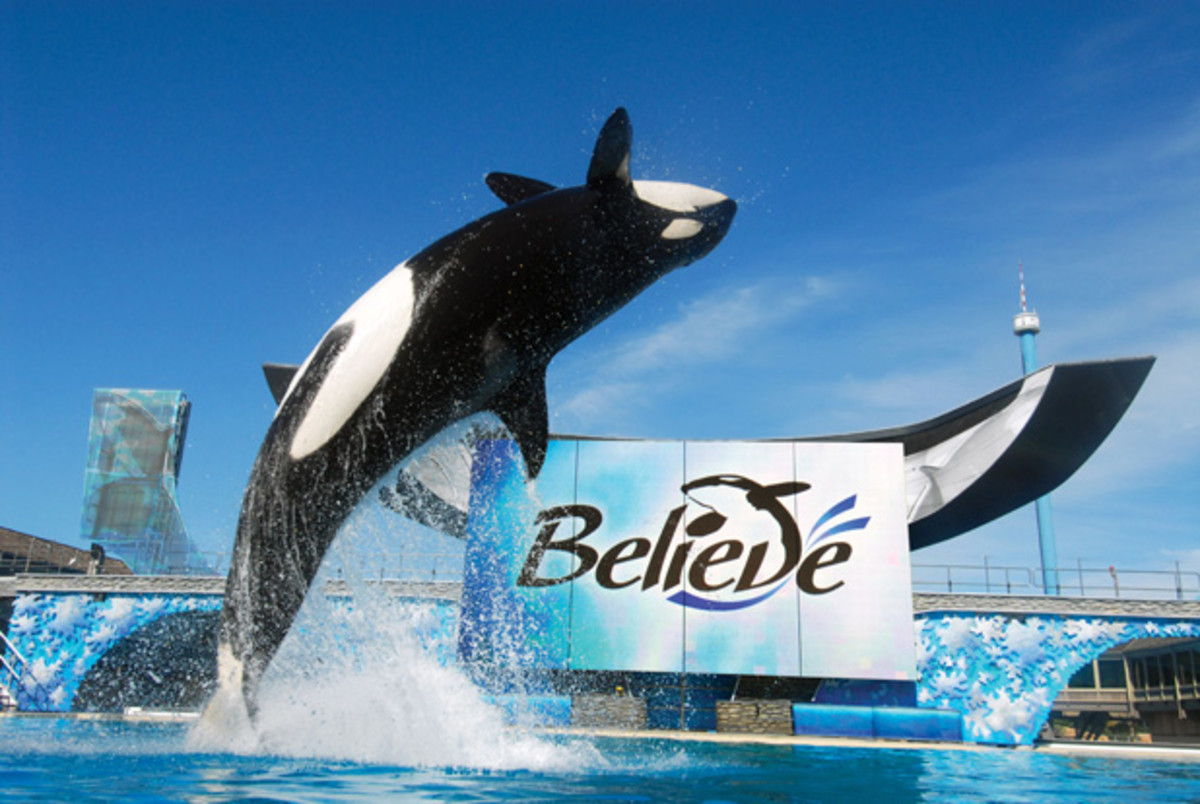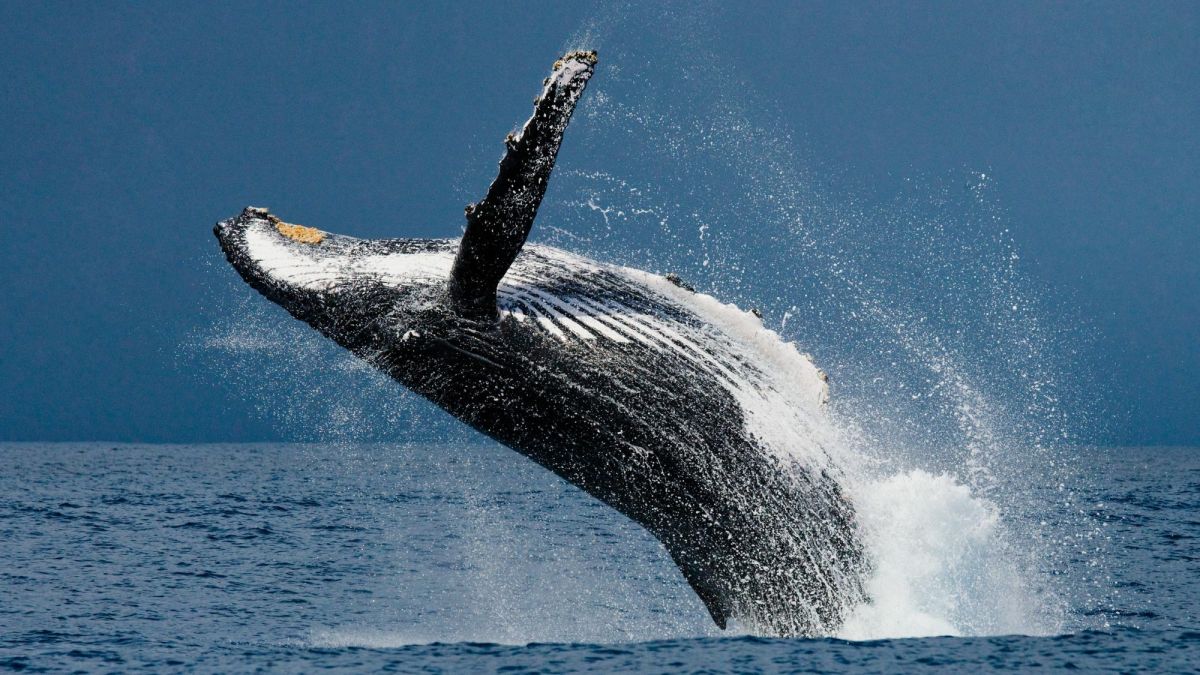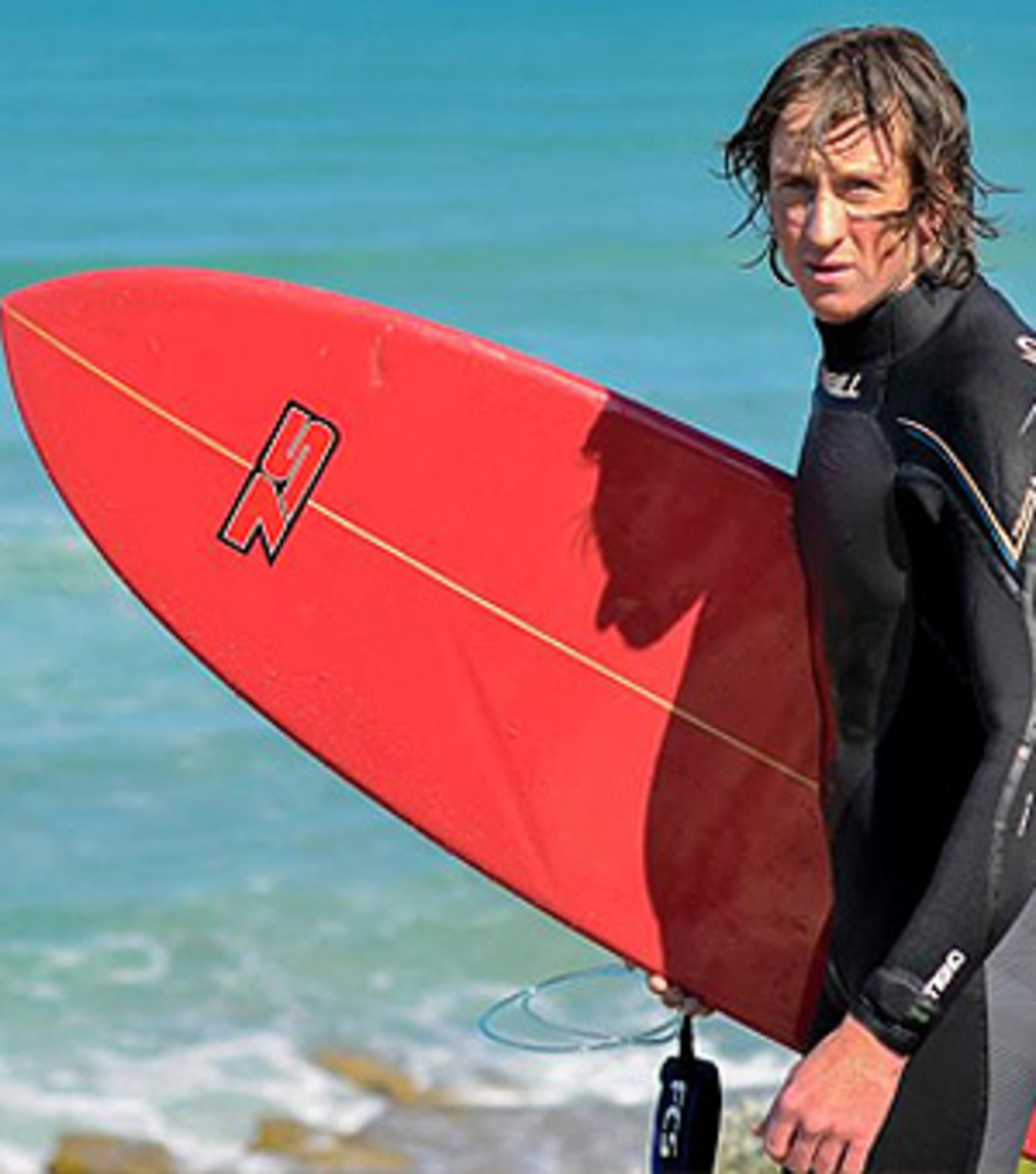- HubPages»
- Education and Science»
- Life Sciences»
- Marine Biology
The Awesome Intelligence of Cetaceans Part 3 - Killer Whales
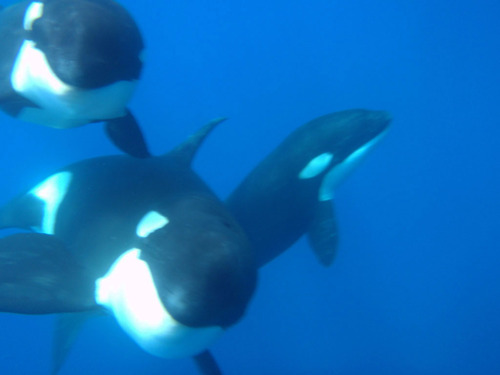
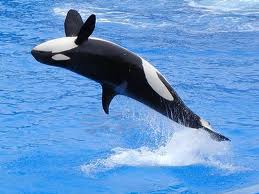
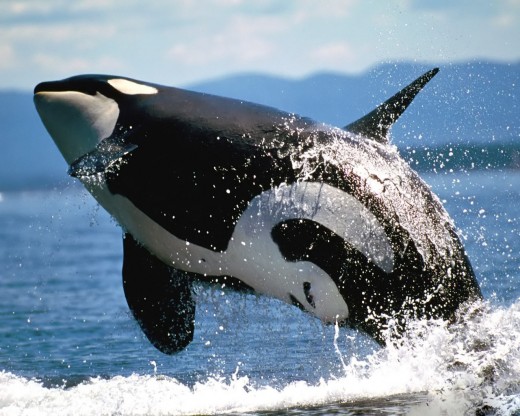
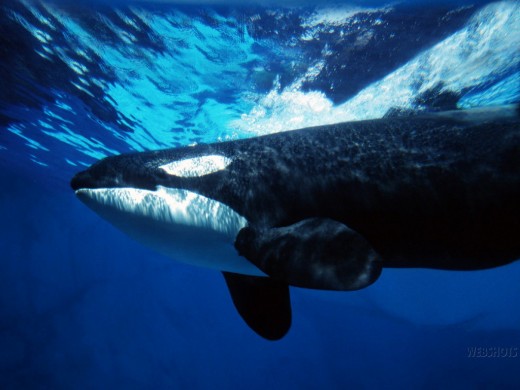
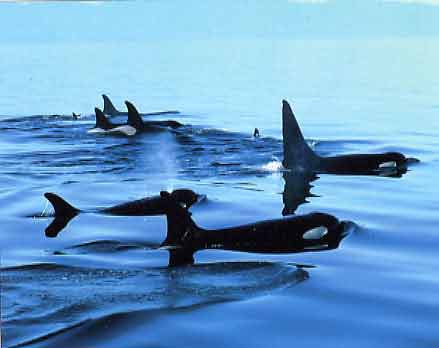
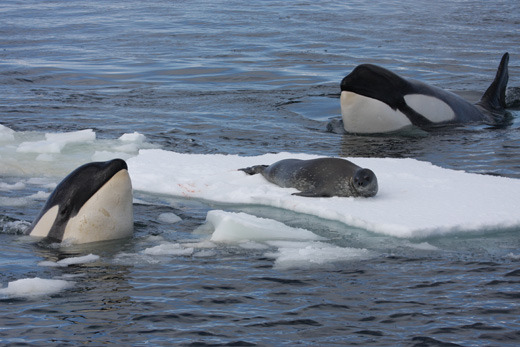
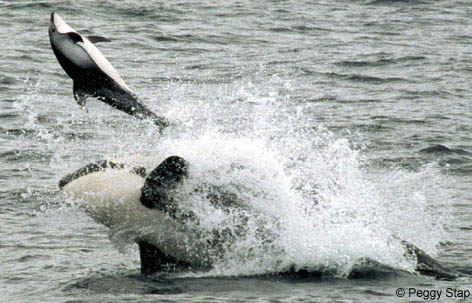
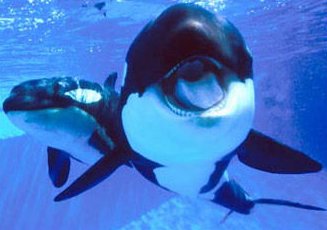
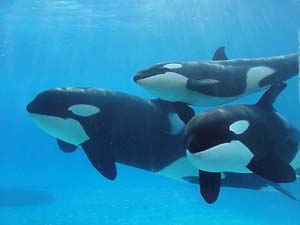
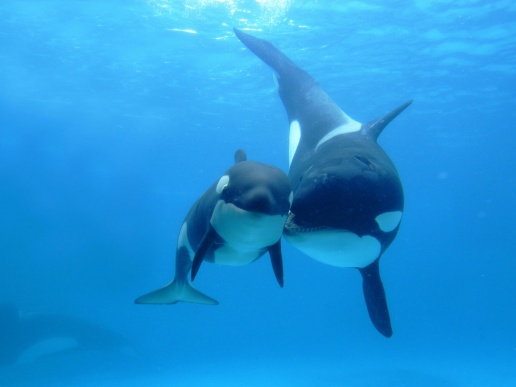
Please check out part 1 here before you continue!
Click here for part 2!
Of all the amazing cetacean species I have come to know and love, the Killer Whale or Orca would have to be my favorite. These beings are strikingly beautiful and clever. They are the top predator in all of Earth's oceans, even killing the great white shark! Orcas are fascinating creatures with bold personalities and a pod of killer whales will not hesitate to take on any prey no matter how challenging, even the enormous blue whale is on the menu. It is for all these reasons that I have decided they needed their own hub in order to cover all the remarkable facts I have learned about their intelligence.
Killer whales, the largest of the dolphin species, have a large range and are found in almost every part of the world's oceans, including the arctic and antarctic seas. They tend to prefer colder waters but are one of the few species that does not have a regular migratory route. They seem to follow their preferred food source and move freely between the hemispheres. It has recently been discovered that there may be in fact three different subspecies of Killer whale that do not intermingle and have distinct physical and behavioral differences. In fact, genetic tests on samples from 139 individuals from various locations has revealed that although the DNA of killer whales (and all other cetaceans) changes very little over time compared to other species, new methods of comparison called “highly parallel sequencing” have shown clear differences between the following groups:
Resident- These are the Orcas we know best because they tend to stay close to the shore. These cetaceans are very social and live in large, complex families, called pods. They have a preference for fish and occasionally squid. Females of this group have a curved tip on their dorsal fin that terminates in a point and their “saddle patch” (area of gray or white behind the dorsal fin) often contains some black coloring. They visit the same locations consistently, unlike the other two subspecies. They are very vocal and have distinct, complex vocalizations.
Transient- Transient killer whales are serious hunters. These orcas have a taste for marine mammals including seals, sea lions, dolphins and whales of all sizes. Transients tend to roam in smaller groups of two to seven animals and they seem to lack the close bonds that are found in resident groups. They may change pods occasionally throughout their lives. These whales are silent stalkers, they do not vocalize as much as resident orcas and their dialect is not as complex. This is believed to be a result of their diet as marine mammals have better hearing underwater than fish species such as salmon, a favorite among many resident whales. Female transient whales are characterized by a more triangular and pointed dorsal fin, and their “saddle patch” is a solid gray. The routes these orcas take are quite unpredictable but they do tend to stay along the coasts, sharing these waters with the residents. The two groups avoid each other for reasons unknown to us.
Offshore- Not much is known about this group of killer whales because, as their name implies, they are found far out at sea. They tend to be found with large scars and nicked dorsal fins, just like transient whales. As a result, they are believed to be marine mammal hunters although this has not been documented to my knowledge. They have been observed feeding on large schools of fish. Offshore orcas seem to congregate in large pods of around 20 to 75 individuals although they have been seen in even larger groups of up to 200 whales. Offshore females have rounded tips on their dorsal fins and all offshore orcas tend to be smaller than those in the other two groups.
Now that we have a basic understanding of the background of this species, lets take a look at some of their remarkable behavior.
Social Behavior
Killer whales live in complex societies that are comparable only to higher primates such as humans, and elephants. Most of what we know about their social behavior has come from populations of resident killer whales. They live in a matriarchal society and most will stay with their mother for their entire life. “Intrapods” generally consist of a matriarch and her descendants. Female killer whales can live up to 90 years in the wild, meaning that these intrapods may have as many as four generations living together at one time. Resident individuals rarely leave this group unless to forage or mate for no longer than a few hours at a time. Killer whales almost never mate with other orcas from their intrapod, which prevents inbreeding and explains why these animals are able to thrive in small groups. Each intrapod has a unique set of sounds to help identify other members. These sounds are used more frequently after the birth of a new calf, to help it learn them quickly.
There are other layers to the societies of these intelligent creatures. It has been observed that killer whales have what researchers call clans or subpods. A clan is a group of intrapods in an area that have a similar dialect and a common but distant maternal link. Clan ranges overlap which leads to the final layer or the “community” or pod. Communities are groups of clans that encounter each other regularly. Clans in a community have their own distinct dialect but all share a maternal ancestor. A pod usually contains 12 to as many as 50 individuals. Occasionally these cetaceans will gather in large groups called “superpods”. Although researchers believe the purpose of these mass meetings is to reproduce with unrelated whales, this has never been observed.
Transient killer whales have a much more relaxed social structure. While they do have intrapods that tend to stay together, it is much more common for young adults to break off from their mother's group and join another. They may switch pods several times over the course of their lives.
It is also worth noting that killer whales of all types will share their food with other members of their pod. This food sharing seems to be a very important social behavior among these whales because even the smallest food item such as a single fish, may be shared among two or more individuals. They will also often support sick or injured individuals, holding them at the surface so they can breathe.
Hunting Behavior
Transient whales have developed some interesting hunting techniques in order to take down all types of prey. They have even been seen hunting caribou crossing a river. Perhaps most impressive is when they set their sights on some of the largest animals that have ever lived; baleen whales. When taking down one of these giants, a pod of orcas herds the whale, preventing it from diving and even from breathing! They will jump across the blowhole of their target to prevent it from breathing and will chase and bite the great whale until it is exhausted and becomes easy prey.
Another interesting technique used by transients is the method of intentionally beaching themselves just far enough to grab a young seal or sea lion but not so far that it can't return to the sea. This takes great skill because whales can not simply swim backwards to enter the water. They must come onto the beach at an angle so that they can turn and wiggle their way back to the water. This method is very risky and these whales time their attacks with the tides to reduce the chance of getting stuck. They often proceed to toss their prize through the air several times before they eat it and it is not completely understood why they do this. This behavior has also been seen in killer whales hunting dolphins and porpoises. Strangely enough, these whales have also been seen on at least one occasion, releasing a seal pup, even bringing it back to the beach relatively unharmed.
When seals flee to underwater caves for safety, one group of transients cooperates by taking turns watching the cave entrance. While some whales rise to the surface to breathe others will be watching until the seals finally have to leave the cave for air.
In the Antarctic, transients work together to get to seals hiding on ice floes. These orcas have been seen breaking the ice with their bodies and tipping it to try to slide the seal off and into their mouths. Most impressive however, is when several of these hunters swim quickly at the ice floe together, near the surface, causing a large wave to wash across the ice, pushing the seal into the sea.
Some killer whales have learned to specialize in hunting sting rays or sharks. These clever orcas seem to have learned about “tonic immobility”, a property of sharks and rays that renders them immobile when they are turned upside down. They have become experts at using this against the fish and will even use this against the great white shark, once thought to be the top predator of the sea. Killer whales first bash into the sharks, stunning them, and then turn them over before devouring them. With rays, the orca simply approaches the ray upside down and grabs it gently avoiding the barb, and rights itself.
These intelligent beings have even learned to work with humans. In the 1930s and 40s in a small South Wales town in Australia called Twofold Bay, three families of orcas decided to help local whalers by alerting them whenever right whales passed by. They would “lobtail” or slap their tail against the water's surface and then herd the right whales into the harbor, keeping them at the surface and close to the whaling ships until they were dead. In return, the whalers allowed the killer whales to feed on the lips and tongues of their catch before they took them to shore.
Captivity
Killer whales, like all cetaceans, should not be kept in captivity. This is of course a huge and controversial subject that I will cover in another hub. But the fact remains that a pool is no place for a killer whale. Unfortunately much of our knowledge of these creatures comes from our interactions with captive individuals such as the fact that killer whales do indeed have and display emotions despite what many people believe:
During an interview with former SeaWorld trainer Carol Ray, she discussed a night spent with a mother killer whale named Katina, who had recently been separated from her daughter Kalina. Kalina was transferred to another SeaWorld park at only four years of age. In the wild she would have stayed with her mother for most if not all of her life. Katina, the mother, was devastated: “I watched her for hours as she stayed floating in one spot, alone, emitting such heart-wrenching vocalizations it truly broke my heart.” Splitting families in this fashion is obviously a traumatic event for this species just as it is in ours. In captivity, these whales are often moved or transferred to different parks for breeding purposes. Being placed into a strange group of whales is quite stressful for all involved and would not normally happen in the wild. It could take years for two killer whales to become used to each other or they may never get along. This is why whale on whale aggression in captivity is more common than most people realize, despite their seemingly innocent and friendly appearance in public shows. This behavior is different from all but the most intelligent species kept in captivity. It shows they form close bonds that are not formed easily with just any whale.
Another example of just how expressive these intelligent creatures can be is the incident in February 2010, when the killer whale Tilikum killed his trainer Dawn Brancheau. There have been many TV specials and interviews about this tragedy. The following are excerpts from three of these interviews. First we have a few excerpts from an interview by Michael Usher with marine biologist Dr. Naomi Rose who has studied Tilikum's behavior for several years. The full interview can be found here.
Dr. Naomi Rose:He pulled her into the tank on purpose. He shook her on purpose. He wouldn't let her get out of the tank on purpose, and personally I think he didn't mean to kill her but he was angry or upset or disturbed about something and he took it out on her and she died.
Michael Usher: Two female whales, Kayla and Kalina, were acting aggressively and refused to perform.
Dr. Naomi Rose: That's where everybody's attention should be focused, is what is going on earlier in the day that resulted in that cancellation?
Dr. Naomi Rose: He was very young when he was captured. He was taken from his mother in what was no doubt an extremely traumatic event. He was sent to one facility where he was bullied by two females who probably were not relatives of his so he had no status. I suspect he's actually pretty disturbed. I won't go so far as to say he's crazy but you know if he was a human being, I'd be really, really concerned about his mental health.
Michael Usher: The way you talk about it, it's like describing a juvenile delinquent.
Dr Naomi Rose: An abused juvenile.
The next excerpt is from an interview (link is here) is by The Orca Project with Dr. John Jett who used to train Tilikum at SeaWorld Orlando.
Dr John Jett: They're the top predator in the ocean. They eat sharks, they eat whales, they eat dolphins. Around here they eat king salmon. So they eat what they want, when they want. But you know, it is interesting, given how long mankind has lived in close proximity with killer whales, there's never been any documented cases of them attacking, certainly not killing, any humans. Unfortunately we don't see that in captive environments, where to date four people have been killed by whales.
In the recent 60 Minutes (Australia) story, Dr. Naomi Rose mentions the social strife between Kalina and Kayla on the day of Dawn’s death. Do you believe that social strife could have impacted Tilikum’s psychology and affected his state of mind?
Dr. John Jett: Most certainly. Killer whales are extremely social animals, and most of the communication is done under water, out of sight of humans. And in a pool system in which every pool is connected, it’s naïve to think that the social strife that occurred prior to Dawn’s death did not somehow contribute to the tragedy.
It’s been discussed at various blogs that Dawn’s session with Tilikum was long, and suboptimal. Tilikum didn’t look sharp, especially after his perimeter pec wave. Any speculation as to why the session seemed to linger? Could the presence of VIP’s at the Dine With Shamu experience affected the duration of the presentation?
Dr. John Jett: There’s always pressure anytime there are VIP’s present. There is always pressure to put on a show. And since the Shamu show was cancelled preceding the incident, it makes sense that there would be some compensation in the duration of the Dine with Shamu presentation. And it’s true that the session was suboptimal at best. And it is true that the session dragged on and on and on with very little reinforcement. It’s easy to see how Tilikum may have become frustrated.
In my opinion, the simple fact that killer whales are so unsuited for captivity is further proof of their intelligence. Imagine a group of several humans from different families were thrown together and confined to a few rooms. Even if these rooms were large, picture them featureless and white. Imagine that they were completely dependent on beings who were unable to communicate with them. Picture these humans being trained to perform silly tricks in exchange for food while being bombarded with loud, strange noises. It is inevitable that these humans would begin to suffer physically and psychologically. So when these whales begin showing signs of stress, why can't we see that they are too intelligent and suited to life in the ocean for us to maintain their happiness, and therefore their health, in a captive setting?
It is clear that Tilikum was angry and lashed out at Brancheau out of frustration. We humans should understand this feeling very well. Many of us lash out at others, even the ones we love, when we are stressed. This incident is just one of many aggressive acts seen by these cetaceans in captivity because this species and its relatives are capable of complex emotions just like us. With the discovery of spindle cells in cetacean species, it becomes difficult to deny this fact. Up until this point, spindle neurons had only been found in primates and elephants, both highly intelligent and emotional creatures. In the human brain, these cells help to process emotions and social interactions. Whales have evolved with these cells for over 30 million years. That's at least twice as long as we have possessed them. More impressive, is the fact that whales may have up to three times more of these cells than humans do. In whales, these spindle cells were located in areas that are associated with social organization, communication, intuition and empathy in humans.
In conclusion, after all you have read, you must now see that cetaceans are not just some animal. They have a complex social structure, just as we do. They care for and teach their young, just as we do. They use ingenious methods for catching their prey, much like early humans did. They even take an interest in us and have been known to protect us from harm. They can understand language and probably possess a language we can not yet decipher. They are self aware and even have names! They have a sense (echolocation) so sophisticated that it actually out performs our own technology. These creatures are an amazing piece of our ecosystem and they should be protected and respected.
You may also enjoy:
The Awesome Intelligence of Cetaceans Part 1
The Awesome Intelligence of Cetaceans Part 2
The Differences Between Baleen and Toothed Whales
What You Should Know About Declawing
Isn't this better than watching them perform silly tricks in a tank?
Sources:
http://understanddolphins.tripod.com/dolphinbrainandintelligence.html
http://www.guardian.co.uk/science/2003/jul/03/research.science
http://www.neuronresearch.net/hearing/files/dolphinbiosonar.htm
Whales, Dolphins and Porpoises – A nonfiction book published by Checkmark Books in 1999
As well as extensive knowledge from dozens of documentaries and books I have had the privilege of coming across.

